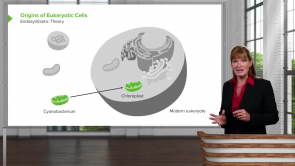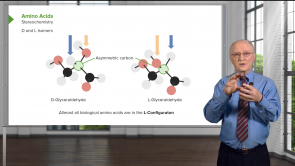Pyrimidine Catabolism and Salvage Reactions

Über den Vortrag
Der Vortrag „Pyrimidine Catabolism and Salvage Reactions“ von Kevin Ahern, PhD ist Bestandteil des Kurses „Pyrimidine & Purine Metabolism, Gout (Texas A&M FOM II Week 1 Biochemistry) “.
Quiz zum Vortrag
What is true regarding the catabolism of pyrimidines?
- It overlaps with salvage synthesis in the reverse direction.
- There are completely different enzymes required for cytosine and uracil catabolism.
- The breakdown process converges on thymidine.
- It proceeds through adenine.
- It ultimately produces ammonia and oxygen.
Pyrimidine nucleosidases require which of the following molecules and reactions?
- Water is needed to hydrolyze the base from the sugar.
- Phosphate is needed to separate the base from the sugar.
- A transamination reaction is necessary for the separation of the base from the sugar.
- A decarboxylation reaction is needed to separate the sugar from the base.
- A carboxylation reaction is required to separate the sugar from the base.
Diese Kurse könnten Sie interessieren
Kundenrezensionen
5,0 von 5 Sternen
| 5 Sterne |
|
1 |
| 4 Sterne |
|
0 |
| 3 Sterne |
|
0 |
| 2 Sterne |
|
0 |
| 1 Stern |
|
0 |
All of the videos on this topic are very good, thank you!! It made me finally understand it. I wish we would have more details on the pathologies related to the Purine and Pyrimidine pathways.






